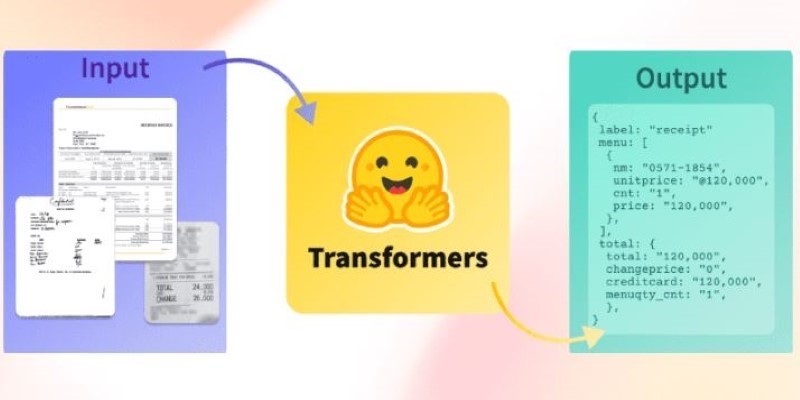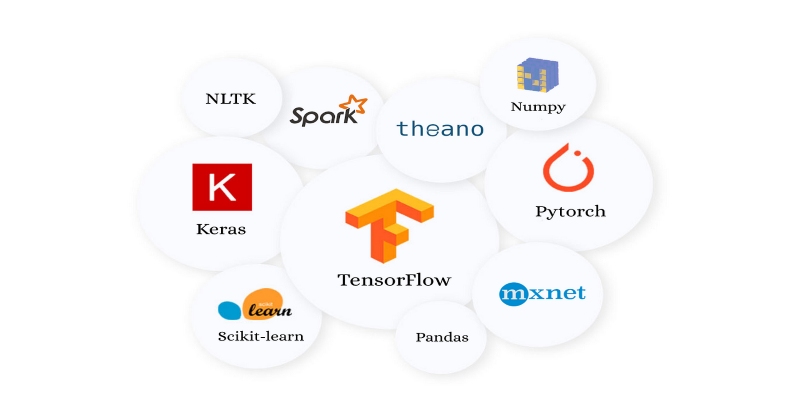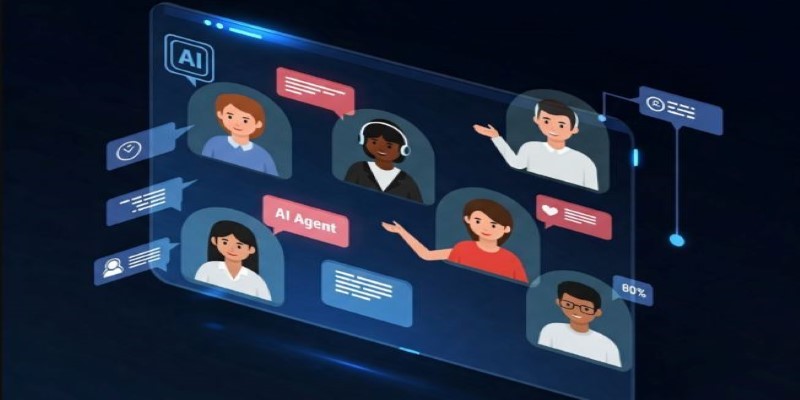Advertisement
The United States government has introduced a new set of guidelines aimed at overseeing the licensing of chips and artificial intelligence (AI) systems. This reflects a growing awareness of the risks and challenges posed by these rapidly evolving technologies. The guidelines aim to balance encouraging innovation with preventing misuse or unintended harm.
By establishing parameters for who has access to advanced semiconductors and how AI models are created and implemented, the White House is addressing concerns related to national security, fairness, and transparency. These are not yet legislative laws, yet they are anticipated to help shape upcoming policies and govern the way industries work.
The push to build smarter AI and more powerful chips has sparked a global conversation about control and responsibility. Many of the most advanced chips are designed in the U.S. but manufactured overseas, creating a delicate reliance that could become a vulnerability in times of tension or conflict. Because high-end chips are in limited supply, deciding who gets access to them—and under what conditions—has become a pressing issue. The White House's new guidelines aim to prevent sensitive technology from falling into the wrong hands while ensuring that supply chains remain stable and reliable.

AI has its own set of issues. AI systems tend to be based on massive amounts of data, some of which is sensitive or personal. Without adequate controls, biases in that data can produce unjust outcomes, entrenching inequality, or causing injury. When AI judgments have implications for healthcare, law enforcement, or financial services, the stakes are even higher. Yet the way these AI models work often remains a mystery, and users are left uninformed about why and how they make certain choices. The guidelines aim to rectify that by encouraging more transparent explanations, increased transparency, and protections against errors or abuse. The aim is to protect people while ensuring AI can still deliver genuine benefits.
One of the standout parts of the new guidelines focuses on chip licensing, with a clear eye on national security. U.S. companies that want to license or export advanced chips will now face tighter rules and closer oversight. The goal is straightforward: stop sensitive technology from being used in ways that could threaten U.S. interests. To support this, there’s also a push to improve how supply chains are monitored. Companies are encouraged to be more transparent about where and how chips are made and sourced, reducing the risks that come from relying too heavily on any single region or supplier.
When it comes to AI, the guidelines lay out a set of principles for developers to follow. They stress the importance of thorough testing before AI systems are released, making sure these models work as expected and don’t cause unintended harm. There’s also a strong emphasis on transparency—developers should clearly communicate when users are interacting with AI, especially in sensitive areas like healthcare or criminal justice, where mistakes can have serious consequences. The guidelines ask creators to be open about the data they use to train AI, how the systems were tested, and to provide ways for users to report problems or request fixes.
Another key element is international cooperation. Since chips and AI don’t stop at borders, the guidelines encourage working with allied countries to create common standards. This aims to close loopholes that bad actors could exploit, while making sure U.S. businesses aren’t left at a disadvantage globally.
Technology companies have reacted in varied ways. Some welcomed the guidelines as a step toward clarity and accountability. For large firms, clear rules can make planning and compliance easier, and they may help build public trust. Others worry about increased costs and slower development timelines, especially smaller companies that might struggle with additional reporting and testing requirements.

Some experts argue the guidelines leave hard questions unresolved. One is how to audit proprietary AI systems without exposing trade secrets. Another is how to hold developers accountable when an algorithm makes a harmful or incorrect decision without direct human oversight. On the geopolitical side, tighter export controls could invite retaliation from other nations or disrupt complex international supply networks.
Enforcement will likely be another challenge. Ensuring compliance among thousands of companies, many with global operations will take significant resources and coordination. The administration has stated that federal agencies, such as the Department of Commerce and the Federal Trade Commission, will be involved in monitoring and enforcing these rules. For now, much depends on voluntary compliance and how quickly lawmakers can turn some of the guidelines into enforceable laws.
The release of these guidelines signals a shift in how Washington approaches emerging technologies. Instead of waiting for problems to escalate, the administration aims to establish guardrails while leaving space for innovation. Lawmakers from both parties have shown interest in turning some of these principles into law, though it remains unclear what shape that legislation might take or how soon Congress will act.
Industry groups are expected to work with regulators to refine the guidelines and create workable standards. There is growing support for pilot programs to test recommendations before they become mandatory, which could help avoid unintended consequences and promote fairness across industries. Internationally, talks are already underway to align rules with allied nations and counter the influence of countries perceived as hostile to open markets or human rights.
The guidelines represent an important move toward a more deliberate and structured approach to overseeing technologies that shape modern life. Their success will depend on how well they are implemented, enforced, and adapted to meet new challenges as technology evolves. The administration’s decision to address chip licensing and AI systems together reflects the close relationship between them. Chips make advanced AI possible, and AI increases demand for better chips. Clear, thoughtful rules can help ensure these innovations are used responsibly and that their risks are kept under control. The next few years will reveal whether this vision can keep pace with change.
Advertisement

Curious how to build your first serverless function? Follow this hands-on AWS Lambda tutorial to create, test, and deploy a Python Lambda—from setup to CloudWatch monitoring

Learn how to simplify machine learning integration using Google’s Mediapipe Tasks API. Discover its key features, supported tasks, and step-by-step guidance for building real-time ML applications

Explore how ACID and BASE models shape database reliability, consistency, and scalability. Learn when to prioritize structure versus flexibility in your data systems

How Sempre Health is accelerating its ML roadmap with the help of the Expert Acceleration Program, improving model deployment, patient outcomes, and internal efficiency

Looking for the next big thing in Python development? Explore upcoming libraries like PyScript, TensorFlow Quantum, FastAPI 2.0, and more that will redefine how you build and deploy systems in 2025

How are conversational chatbots in the Omniverse helping small businesses stay competitive? Learn how AI tools are shaping customer service, marketing, and operations without breaking the budget

Learn how Redis OM for Python transforms Redis into a model-driven, queryable data layer with real-time performance. Define, store, and query structured data easily—no raw commands needed

What does GM’s latest partnership with Nvidia mean for robotics and automation? Discover how Nvidia AI is helping GM push into self-driving cars and smart factories after GTC 2025

How Summer at Hugging Face brings new contributors, open-source collaboration, and creative model development to life while energizing the AI community worldwide

Discover how knowledge graphs work, why companies like Google and Amazon use them, and how they turn raw data into connected, intelligent systems that power search, recommendations, and discovery

Discover how Google BigQuery revolutionizes data analytics with its serverless architecture, fast performance, and versatile features

How TAPEX uses synthetic data for efficient table pre-training without relying on real-world datasets. Learn how this model reshapes how AI understands structured data